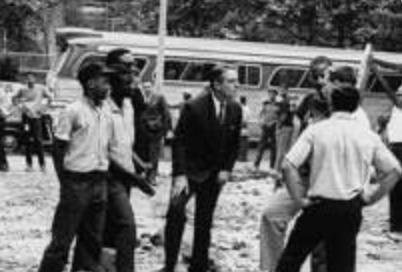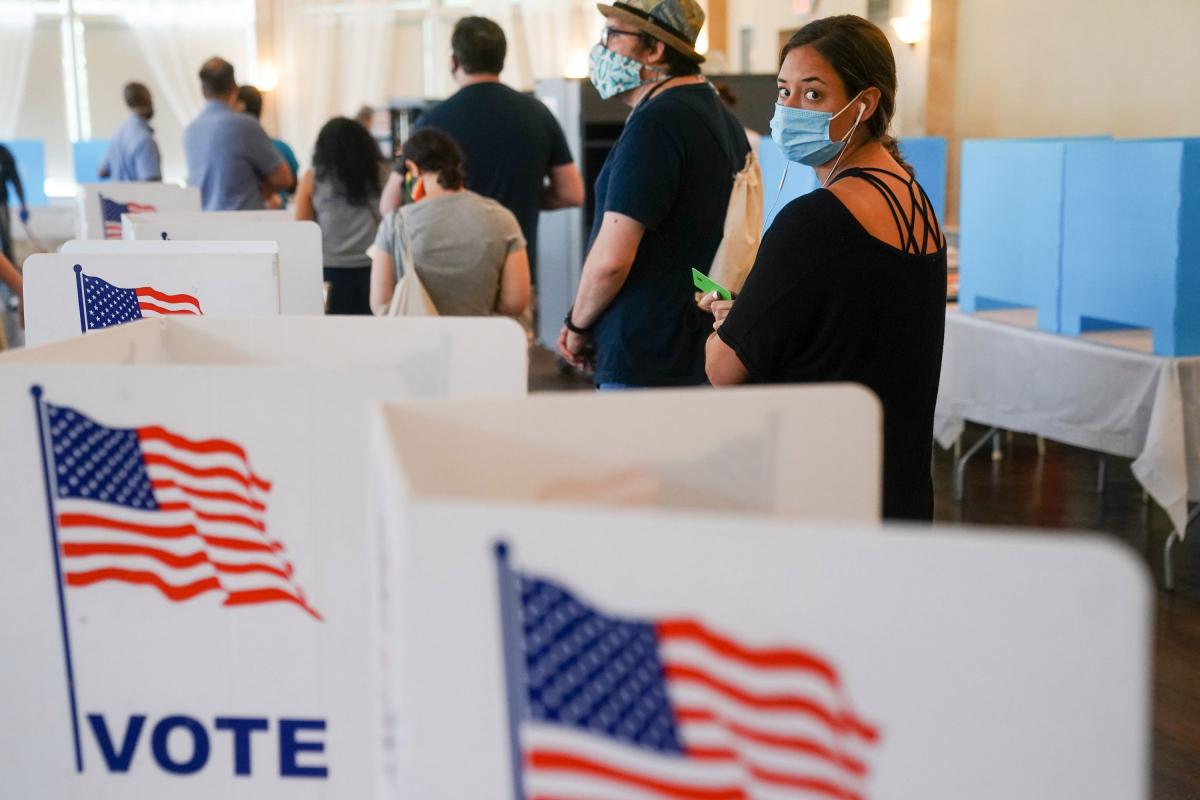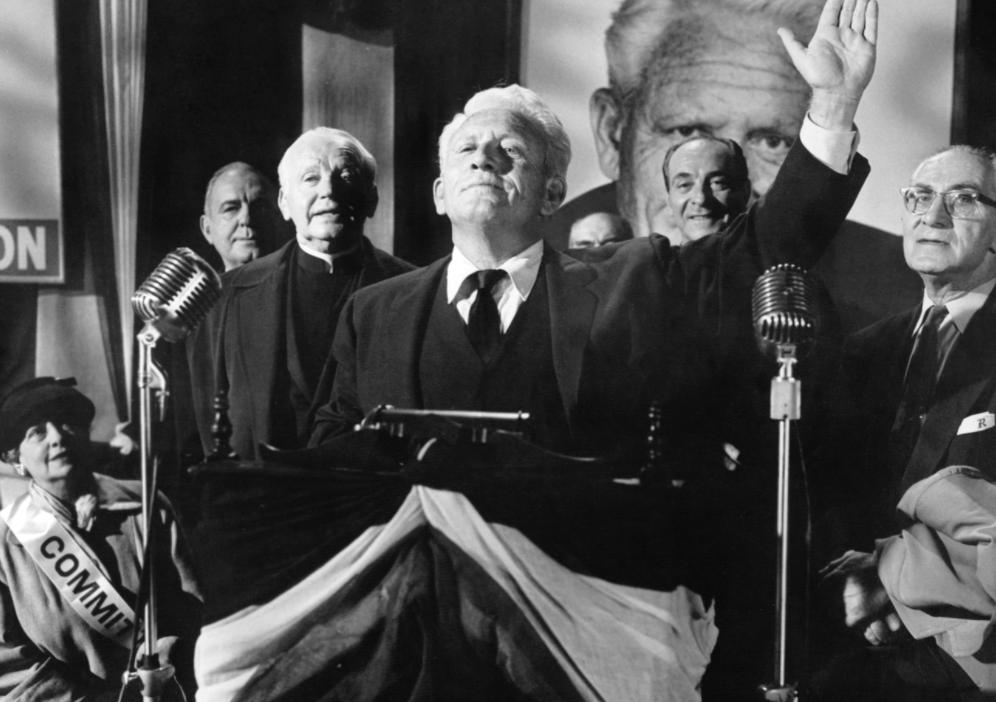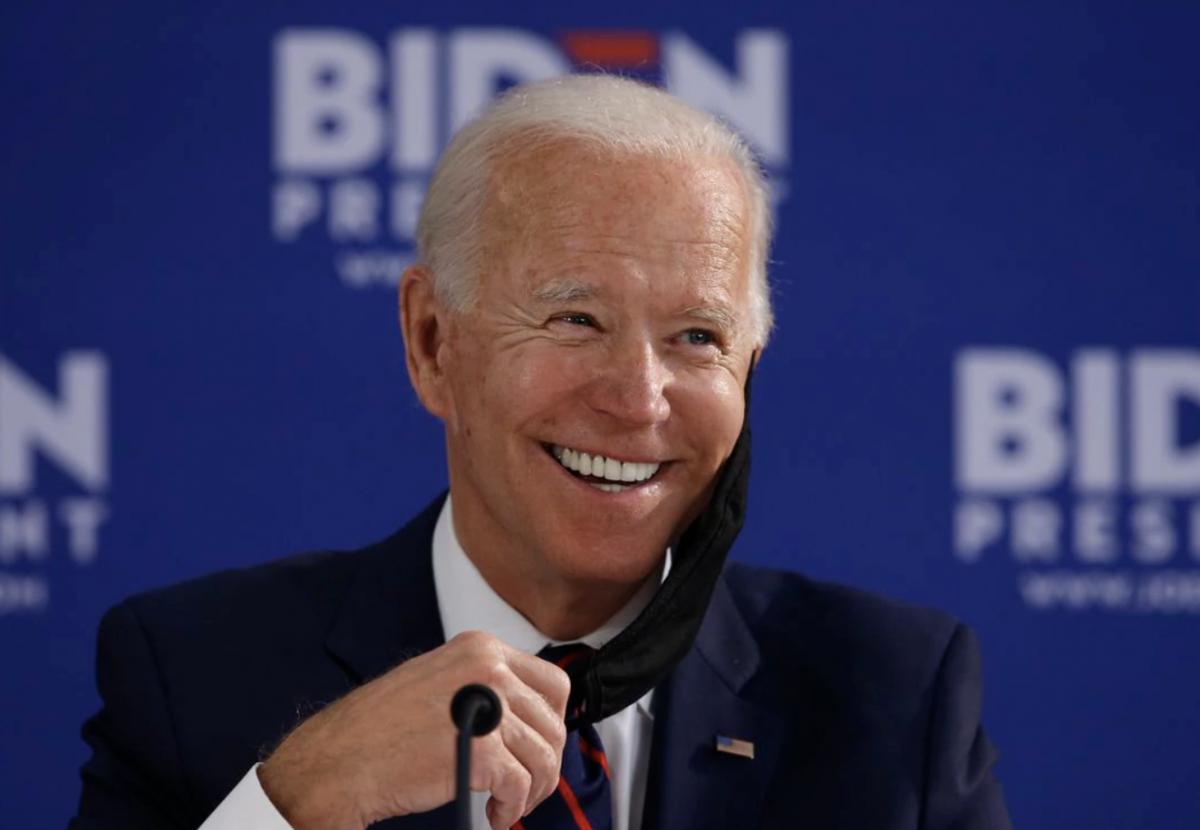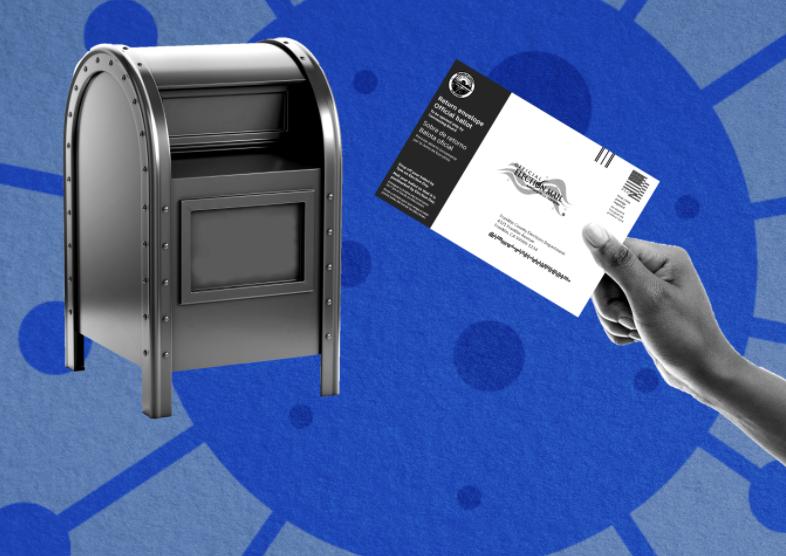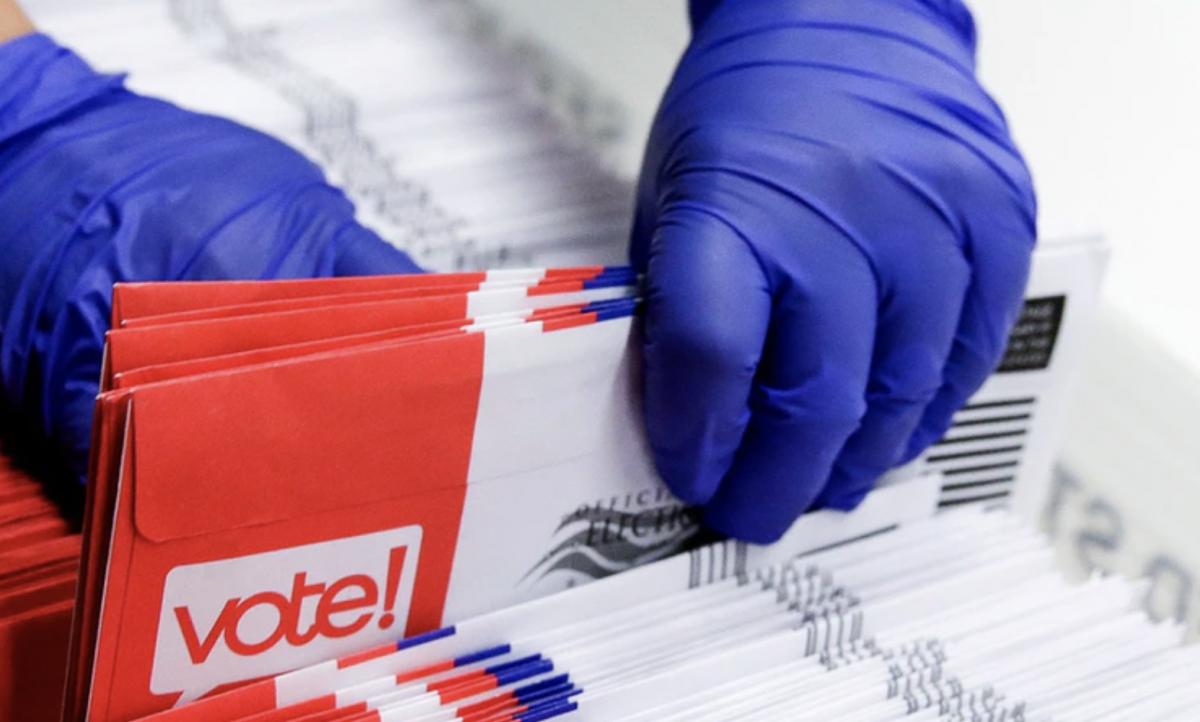I always enjoy comments from The Spy readers on our weekly From and Fuller commentaries. I wish more of you would let us know when they agree or disagree with us. Perhaps, we’re not provocative enough.
But this week Reed Fawell III posted a comment that I believe deserves a response. The essence of Mr. Fawell’s comment was this: (1) reasonable people can take the position I did that in 2024 former President Donald Trump poses a threat to democracy and must be defeated; (2) too many thoughtful people believe President Biden threatens their version of America’s ‘democracy’ and must be stopped; and, (3) we should not throw out any third party options to Biden and Trump.
At the heart of Mr. Fawell’s comments is the implication that Trump and Biden are equal threats to American democracy. To be sure both Trump and Biden are unpopular and many voters would like both of them to step aside. But I believe that is a false equivalency to say they are equal threats to democracy — and that is what I’d like to address.
I have said many times in The Spy and other forums that I believe that democracy is on the ballot in 2024 — and that Donald Trump represents the greatest threat to our democracy since the Civil War.
The essence of our democracy is that we choose our leaders in free and fair elections and all candidates for high office, including the presidency, abide peacefully with the results of the vote.
Donald Trump tried to undermine that system by refusing to accept the results of the 2020 election he lost to President Biden.
He tried to intimidate state elected officials into falsifying the election results in his favor.
He tried to put up false slates of electoral college electors in several states to steal the election.
He ordered his vice president to violate his constitutional responsibility by not validating state certified election results in the House of Representatives.
And he led a violent coups of his supporters at the Capitol on January 6, 2021 to disrupt the peaceful transfer of power to the election winner.
As Maureen Dowd put it in the New York Times: “For the first time, a president who lost an election nakedly attempted to hold onto power and override the votes of millions of Americans.
All of these actions undermine our democracy and threaten our freedoms. They are serious crimes — I believe taken together they constitute the greatest scandal in history of the presidency — and he’ll likely me tried in court for all of them and more over the next 18 months.
Even worse is that three years after the fact, Trump continues to spread the same lies. Last December, he called for the termination of the Constitution that as president he was sworn to uphold. And, he and his cronies are laying out plans for his second term that would punish his enemies and turn our democracy into an autocracy.
I understand that many voters don’t want Joe Biden to be president. They oppose his policies that they believe are bad for the country. They think he’s too old, that he’s no longer up to the job. Some may question his integrity.
Biden may not be an ideal president, but he doesn’t threaten our democracy. There is no moral equivalency between Trump and Biden. As a Republican friend of mine from the Eastern Shore told me, if we elect a Democrat and we think we made a mistake, we can correct it in four years. If we elect Trump, we may never be able to correct it.
In an ordinary year, with two unpopular major party candidates, a third party candidate might make a lot of sense. But 2024 is not a normal year — not with Trump and his promise to destroy our democracy on the ballot. To me, if Trump is the Republican candidate, the presidential election will be and up or down vote on democracy — and for democracy to prevail the pro-democracy vote must be consolidated behind a single candidate.
Trump cannot win the popular vote, but in the 2024 election, like in the last two, the winner will be decided in a handful of swing states in the electoral college.
All credible political research shows a third party candidate would split the anti-Trump (pro-democracy) vote in those critical swing states — and almost certainly throw the election to him in the electoral college. That’s why I’ve believe the group, No Labels, should abandon it’s effort to put up a third party candidate.
With democracy on the ballot in 2024, I believe that our first priority in that election — indeed our only priority — should be to defeat Donald Trump and end his threat to democracy. Until we do, as conservative Judge Michael Luttig has said: our democracy “hangs on a knife’s edge.”
Al From is the founder of the Democratic Leadership Council and author of “The New Democrats and the Return to Power.” He joins his Republican commentator and friend, Craig Fuller, on the Spy’s From and Fuller video podcast every week.


